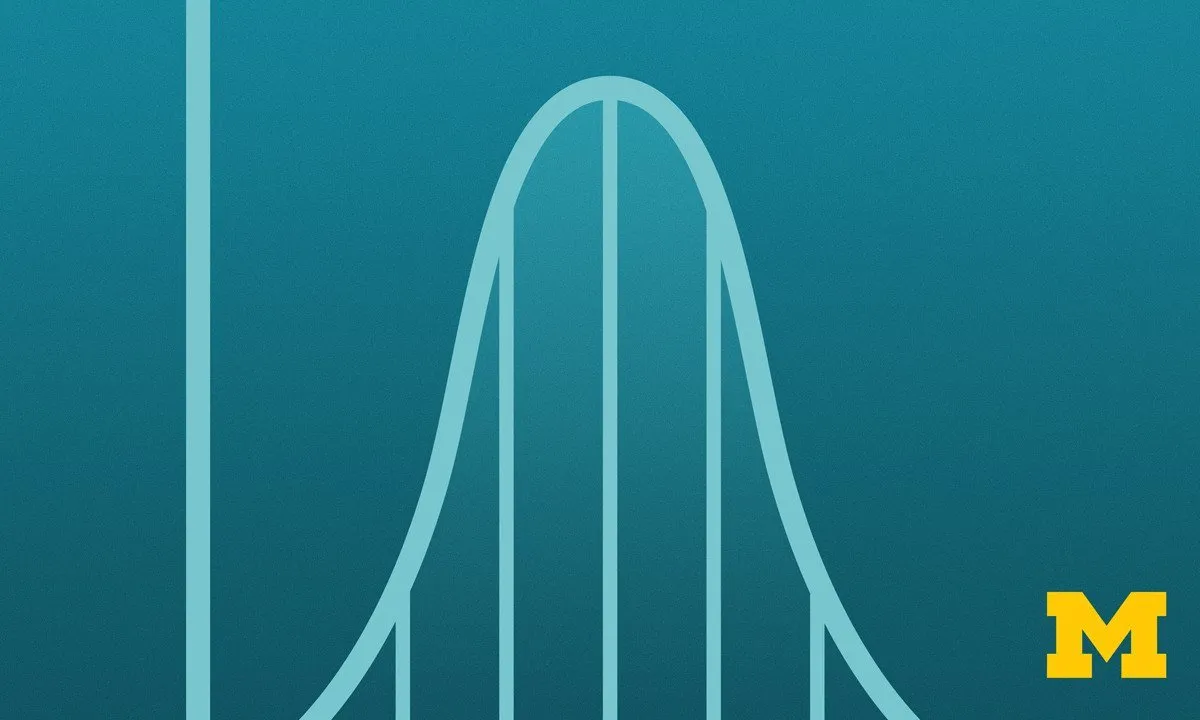
Understanding and Visualizing Data with Python 
This course introduces learners to the field of statistics and data analysis using Python. Learners will learn how to identify different types of data, visualize and analyze summaries, and make inferences about larger populations. Through lab-based sessions, learners will explore the Numpy, Pandas, Statsmodels, Matplotlib, and Seaborn libraries, and use the Jupyter Notebook environment to create visualizations and manage data. Tutorial videos are provided to guide learners through the process. ▼
ADVERTISEMENT
Course Feature
![]() Cost:
Cost:
Free
![]() Provider:
Provider:
Coursera
![]() Certificate:
Certificate:
Paid Certification
![]() Language:
Language:
English
![]() Start Date:
Start Date:
3rd Jul, 2023
Course Overview
❗The content presented here is sourced directly from Coursera platform. For comprehensive course details, including enrollment information, simply click on the 'Go to class' link on our website.
Updated in [June 30th, 2023]
This course, Understanding and Visualizing Data with Python, provides learners with an introduction to the field of statistics. Learners will gain an understanding of where data come from, study design, data management, and exploring and visualizing data. They will learn to identify different types of data, and how to visualize, analyze, and interpret summaries for both univariate and multivariate data. Learners will also be introduced to the differences between probability and non-probability sampling from larger populations, the idea of how sample estimates vary, and how inferences can be made about larger populations based on probability sampling.
At the end of each week, learners will apply the statistical concepts they’ve learned using Python within the course environment. Tutorial videos are provided to walk learners through the creation of visualizations and data management, all within Python. This course utilizes the Jupyter Notebook environment within Coursera.
[Applications]
At the conclusion of this course, learners should be able to apply the concepts of data visualization and analysis to their own data sets. They should be able to use Python to create visualizations and analyze data, as well as understand the differences between probability and non-probability sampling. Learners should also be able to identify different types of data and use the Numpy, Pandas, Statsmodels, Matplotlib, and Seaborn libraries to create visualizations and analyze data.
[Career Paths]
[Job Position Path]Data Scientist
[Description]Data Scientists are responsible for collecting, analyzing, and interpreting large amounts of data to identify trends and patterns. They use a variety of methods, including statistical analysis, machine learning, and data mining, to uncover insights from data. Data Scientists must be able to communicate their findings to stakeholders in a clear and concise manner. They must also be able to develop data-driven solutions to business problems.
[Development Trend]Data Science is an ever-evolving field, and the demand for Data Scientists is growing rapidly. As more organizations move towards data-driven decision making, the need for Data Scientists with the skills to analyze and interpret data will continue to increase. Additionally, the development of new technologies such as artificial intelligence and machine learning will create new opportunities for Data Scientists to explore.
[Education Paths]
A recommended educational path for learners of this course is to pursue a degree in Data Science. Data Science is an interdisciplinary field that combines mathematics, statistics, computer science, and other related fields to analyze and interpret data. This degree program will provide learners with the skills and knowledge necessary to work with data in a variety of contexts, from business to research.
The development trend of Data Science degrees is to focus on the application of data science principles and techniques to solve real-world problems. This includes the use of machine learning, artificial intelligence, and other advanced technologies to analyze and interpret data. Additionally, many programs are now incorporating courses in ethical considerations, such as data privacy and security, to ensure that data is used responsibly.
Course Provider

Provider Coursera's Stats at AZClass
Discussion and Reviews
0.0 (Based on 0 reviews)
Explore Similar Online Courses

How To Become A Shopify Expert (From Zero To Hero !)
![DevOps Certification Course Online [#1 DevOps Training]](/ccsimg/dcs/img_tools/4b93795a559bec46b4b944d6bc50ba2c.webp)
DevOps Certification Course Online [#1 DevOps Training]
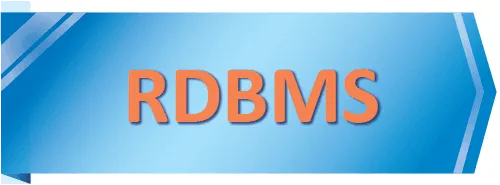
RDBMS PostgreSQL
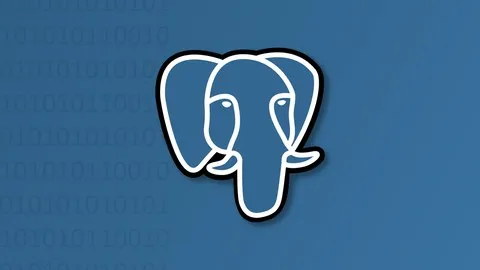
Intro To PostgreSQL Databases With PgAdmin For Beginners
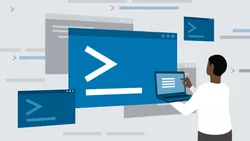
PostgreSQL: Client Applications

Mastering SQL using Postgresql

Database Design and Basic SQL in PostgreSQL
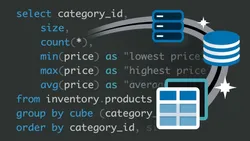
PostgreSQL: Advanced Queries

Spatial SQL with Postgres : A language for geographers

Learn SQL Using PostgreSQL: From Zero to Hero
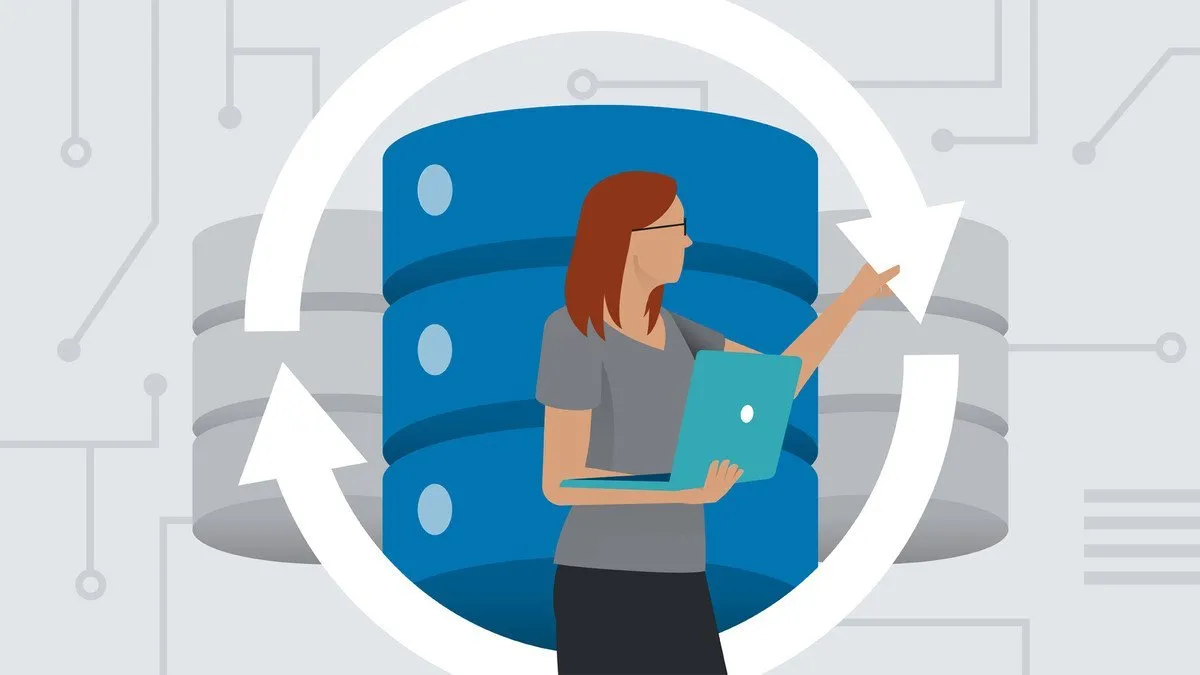
PostgreSQL Essential Training
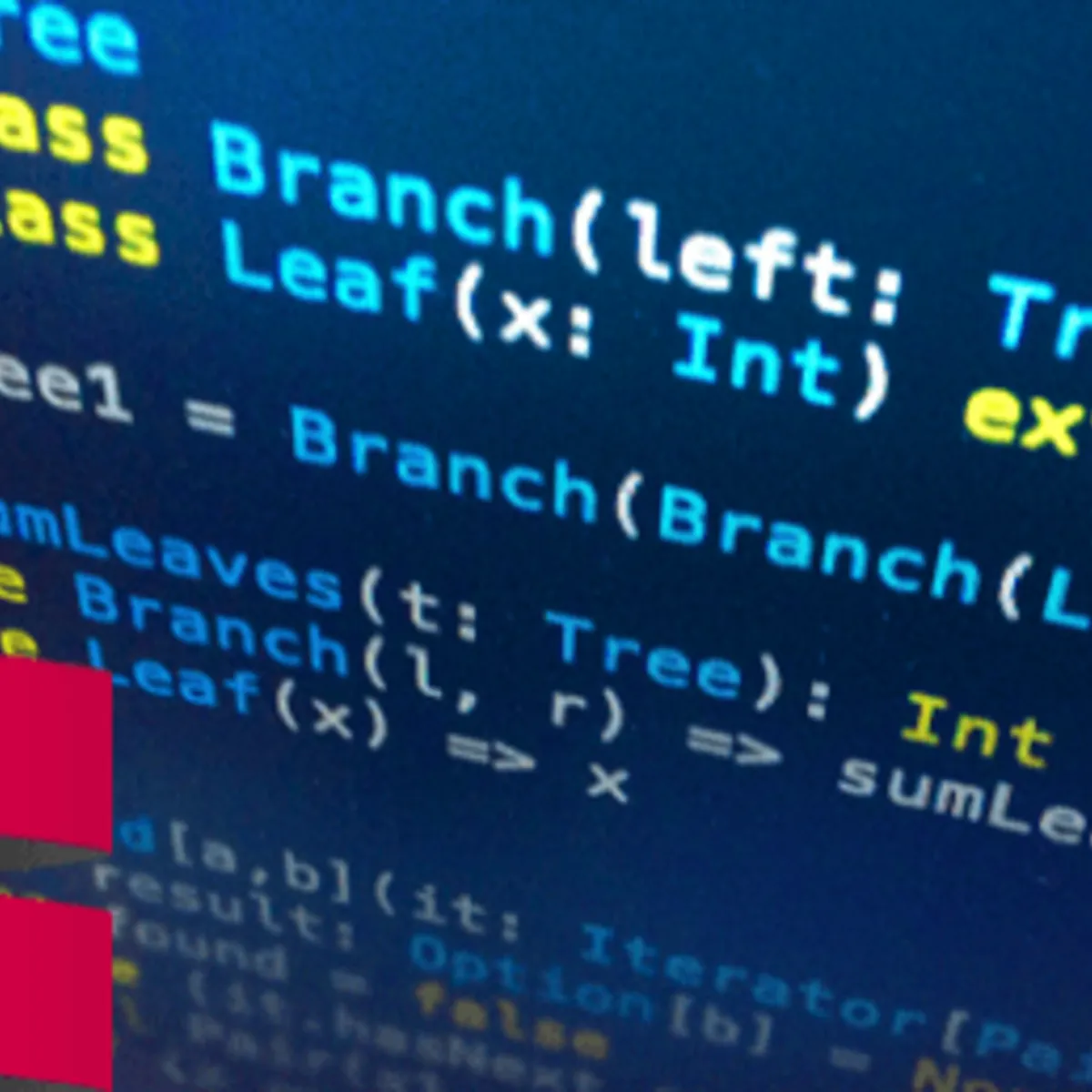

Start your review of Understanding and Visualizing Data with Python